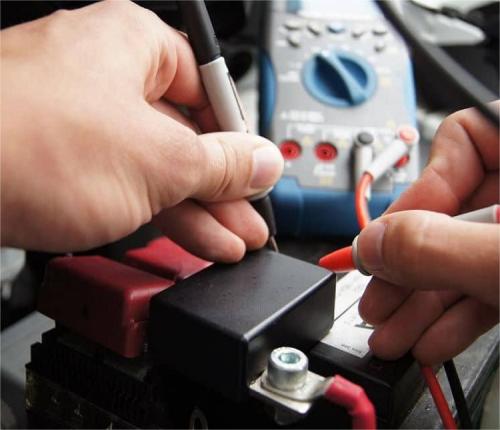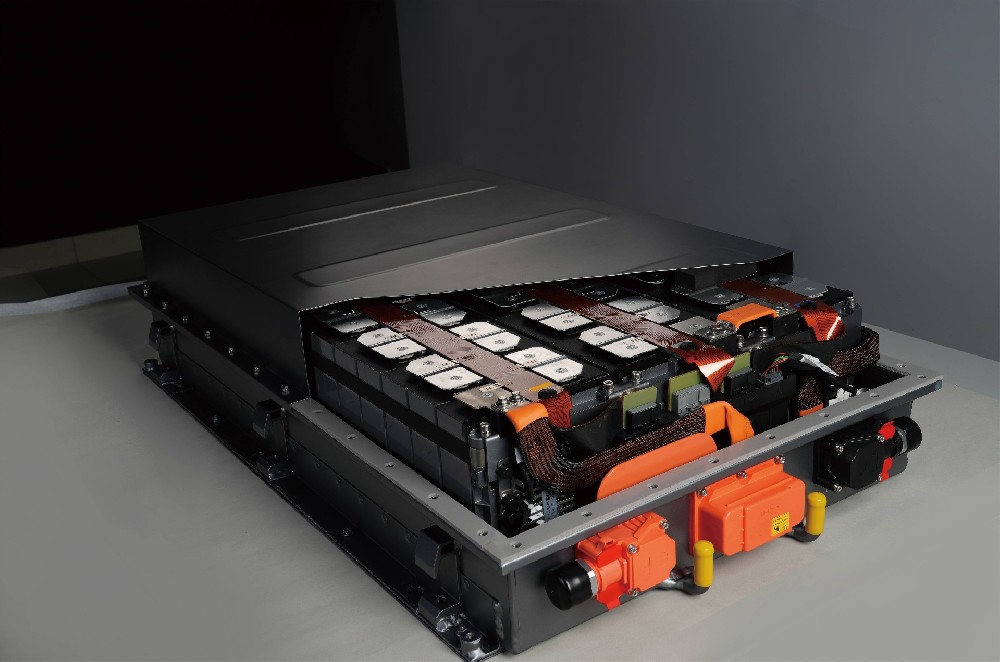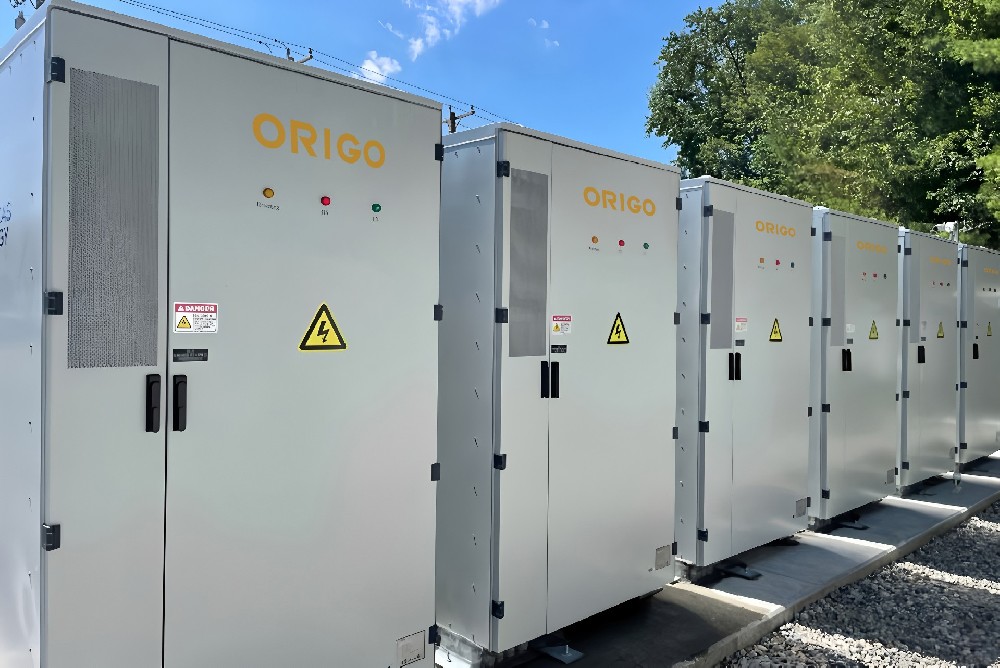Lithium-Ion Battery Care Guide
In the field of electric trucks, the battery replacement mode has become a key path to solve the problems of range anxiety and charging time.
In recent years, with the development of technology and market, the controversy between the two technical routes of back replacement and bottom replacement has gradually become clear.
Back replacement and bottom replacement have their own advantages and disadvantages
The layout of the back-mounted battery replacement truck is simple and direct, and the battery pack is placed behind the cab, similar to the layout idea of the gas cylinder of the LNG vehicle.
This design is convenient for maintenance and lifting battery replacement, and the battery replacement can be completed in about 5 minutes, greatly improving transportation efficiency.
However, the back-mounted battery replacement also has shortcomings, that is, the battery pack will occupy the space of the cab berth and the cargo compartment, affecting the load. At the same time, due to space constraints, the battery capacity is mostly 282kwh and 350kwh, with limited cruising range, which is not suitable for long-distance transportation, but suitable for closed short-distance transportation scenarios such as mining areas and steel mills.
The bottom-mounted battery replacement truck integrates the battery pack on the vehicle chassis. This move can lower the center of gravity of the vehicle, making driving smoother, while increasing the cargo space and cargo volume, and can also use the chassis space to increase battery capacity and improve endurance. In open scenarios such as highways and national roads, as well as large-ticket LTL and other fields, bottom-mounted battery-swapping trucks have more advantages.
However, the realization of bottom-mounted battery swapping requires the simultaneous development of batteries, wire-controlled chassis, and electric drive bridges, which is technically difficult; the battery swapping operation from the bottom of the vehicle is not convenient enough, and the construction cost of the battery swapping station is also higher, which is difficult to promote on a large scale in the short term.
Which one has more market prospects, back swapping or bottom swapping?
From the current technology development trend, policy orientation and market demand, the bottom battery swapping mode has more market prospects than the back battery swapping mode.
In terms of policy, the draft for comments on the "Technical Conditions for Pure Electric Trucks" issued by the Ministry of Industry and Information Technology clearly supports the bottom battery swapping mode, which means that bottom swapping will become the mainstream technical route in the industry.
Policy orientation often affects industry resource allocation and market selection, and the bottom swapping mode is more likely to obtain policy dividends, including subsidies, infrastructure construction, and industry standard formulation.
In terms of technical advantages, the bottom replacement mode places the battery pack at the bottom of the vehicle frame, reducing the risk of battery collision and damage, while also avoiding the safety hazards caused by the battery protruding from the vehicle body in the back replacement mode.
At the same time, the bottom replacement mode is conducive to optimizing the distribution of the vehicle's center of gravity, improving driving stability and handling, and is especially suitable for heavy-duty trucks. The bottom replacement mode supports standardized battery design, facilitates battery interchange between different brands and models, and is conducive to large-scale promotion.
With better scalability, the bottom replacement mode reserves more space for future battery technology upgrades (such as solid-state batteries) and intelligence (such as autonomous driving).
In terms of cost, although the initial investment of the bottom replacement mode is high, with large-scale promotion, its long-term operating costs (such as battery maintenance and replacement efficiency) will be significantly lower than the back replacement mode.
For example, the bottom replacement mode pilot project in which CATL cooperated with many car companies showed that the cost of a single battery replacement in the bottom replacement mode decreased significantly with the expansion of scale, and the battery maintenance cost was more than 30% lower than that of the back replacement mode.
According to industry estimates, after 3-5 years of operation, the comprehensive cost (including battery maintenance, battery replacement efficiency, vehicle utilization, etc.) of the base replacement model will be significantly lower than that of the back replacement model.
Mainstream domestic and foreign automakers (such as Tesla, CATL, Geely, etc.) and battery replacement operators (such as Aulton New Energy) have chosen the base replacement model as their technical direction. The base replacement model has been widely used in both passenger cars and commercial vehicles, and its technical maturity and market recognition are higher.






